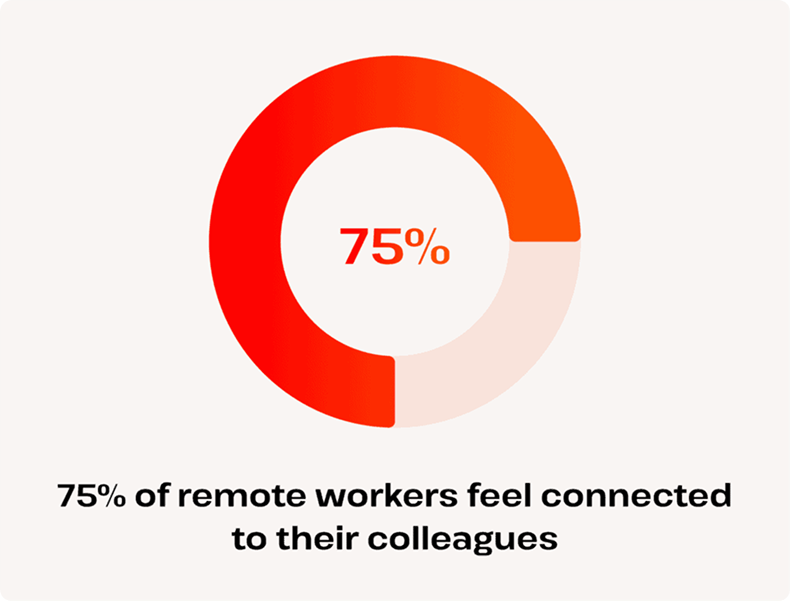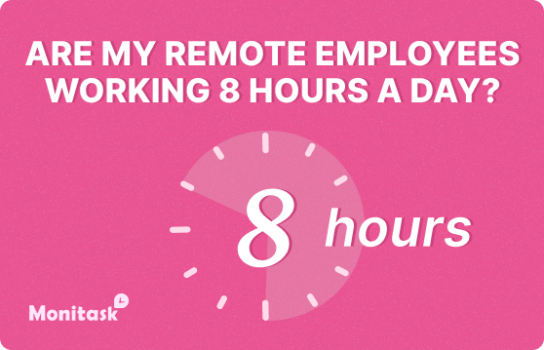Remote Work Myths Busted: What Companies Still Get Wrong

Remote work is no longer a trend — it’s a new standard. Yet despite its growing presence in the modern workplace, many companies still operate based on outdated assumptions.
These persistent remote work myths not only create mistrust but also prevent organizations from fully benefiting from flexible work models.
In this article, we’ll break down the most common misconceptions about remote work, explore where these myths come from, and offer facts to set the record straight.
Where Do These Remote Work Myths Come From?
Before we bust the myths, let’s talk about why they exist in the first place:
Understanding the origins of these myths helps us challenge them more effectively.
Myth 1: Remote Workers Are Less Productive
This myth assumes that employees won’t stay motivated without direct supervision. In truth, productivity is often higher in remote settings.
A two-year study by Stanford University showed a 13% increase in productivity among remote workers. Other reports — like those from Owl Labs and Buffer — confirm that employees tend to work longer hours and report better focus when remote.
Why This Myth Persists:
Managers confuse “activity” with “impact.” Just because someone is typing away at their desk doesn’t mean they’re being productive. Remote work forces companies to focus on results — not appearances.
Myth 2: Collaboration Suffers Without the Office
The belief here is that innovation dies without physical proximity. But successful remote teams know how to collaborate — differently, not worse.
Modern teams use platforms like Slack, Asana, Notion, Miro, and Zoom to streamline communication and share ideas in real time and asynchronously. In many ways, this reduces interruptions and leads to more thoughtful input.
Why This Myth Persists:
People associate collaboration with spontaneous hallway conversations. While those can be valuable, they can also exclude remote or quieter team members. Digital collaboration levels the playing field.

Myth 3: Remote Work Leads to Disengagement
Disengaged employees are often assumed to be the norm in remote environments — out of sight, out of mind. But location isn’t the issue — leadership is.
Engagement is driven by purpose, connection, recognition, and opportunity — not physical presence. Gallup’s research shows that engaged remote workers can outperform disengaged in-office workers by a wide margin.
Why This Myth Persists:
Some companies assume that informal office chats and team lunches equal engagement. But remote-first organizations like Doist and Basecamp have proven that engagement can thrive with virtual rituals, feedback loops, and trust.
Maximize productivity of your business
Track employee productivity and simplify work with them
Myth 4: You Can’t Build a Strong Team Culture Remotely
Culture is often seen as something that ‘lives in the office.’ But that thinking ignores what culture really is.
Culture is built through shared values, mutual respect, and consistent communication. Remote companies create strong cultures with structured onboarding, digital traditions, and regular one-on-ones. GitLab, a 100% remote company, even publishes its culture manual online.
Why This Myth Persists:
Leaders who never invested in culture in the office struggle to do so remotely — and assume it can’t be done. But when done intentionally, remote cultures can be more inclusive and resilient than traditional ones.
Myth 5: Remote Work Isn’t Sustainable Long-Term
Some leaders worry that remote work is just a short-term solution — not a long-term model.
Remote work is not only sustainable — it’s scalable. Companies like Zapier, Automattic (WordPress), and GitLab have operated fully remotely for over a decade, proving that remote work supports growth, stability, and innovation.
Why This Myth Persists:
Burnout and isolation are real risks — but they’re not unique to remote work. The solution is not ending remote work, but improving support systems: clearer boundaries, better communication, mental health policies, and flexible schedules.
Bonus Myth: Everyone Wants to Return to the Office
Despite what some CEOs say, most employees aren’t dreaming of office life.
A 2024 survey by FlexJobs found that 95% of respondents preferred remote or hybrid work. For many, remote work enables better focus, work-life balance, and less stress from commuting.
Why This Myth Persists:
Executives may enjoy the social perks of offices — but their preferences don’t always match their employees’. Assuming a “one-size-fits-all” model leads to costly mistakes and turnover.

Conclusion: Eliminating Remote Work Myths
Remote work is not perfect — but it’s far more effective than many still believe.
By understanding and eliminating these remote work myths, companies can embrace a smarter, more flexible, and more human approach to work.
Don’t let fear, habit, or outdated beliefs drive your policies. Start from trust, build with data, and evolve with your team!
– The Monitask Team
Frequently Asked Questions
What are the biggest remote work myths?
Some of the most common include:
- Remote workers are lazy.
- Collaboration fails without an office.
- Team culture can’t survive remotely.
- It’s not sustainable long-term./li>
- Everyone wants to return to the office.
How do you maintain engagement remotely?
With regular check-ins, clear goals, recognition, and virtual events. Trust and communication are key to keeping remote employees engaged.
Can small companies build remote culture?
Yes! In fact, smaller teams often do it better because they can personalize culture and rituals more easily.
What tools improve remote collaboration?
Top tools include: Slack, Zoom, Notion, Trello, Asana, Miro, and Loom — each helping teams stay connected and productive.



